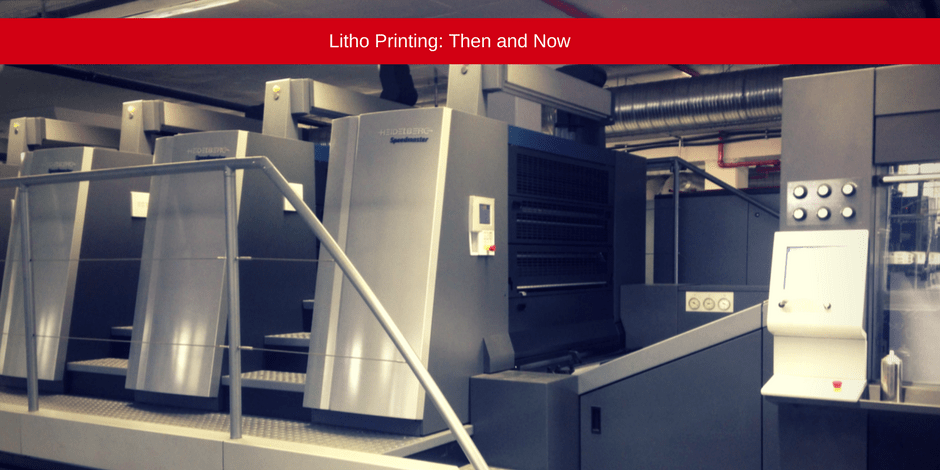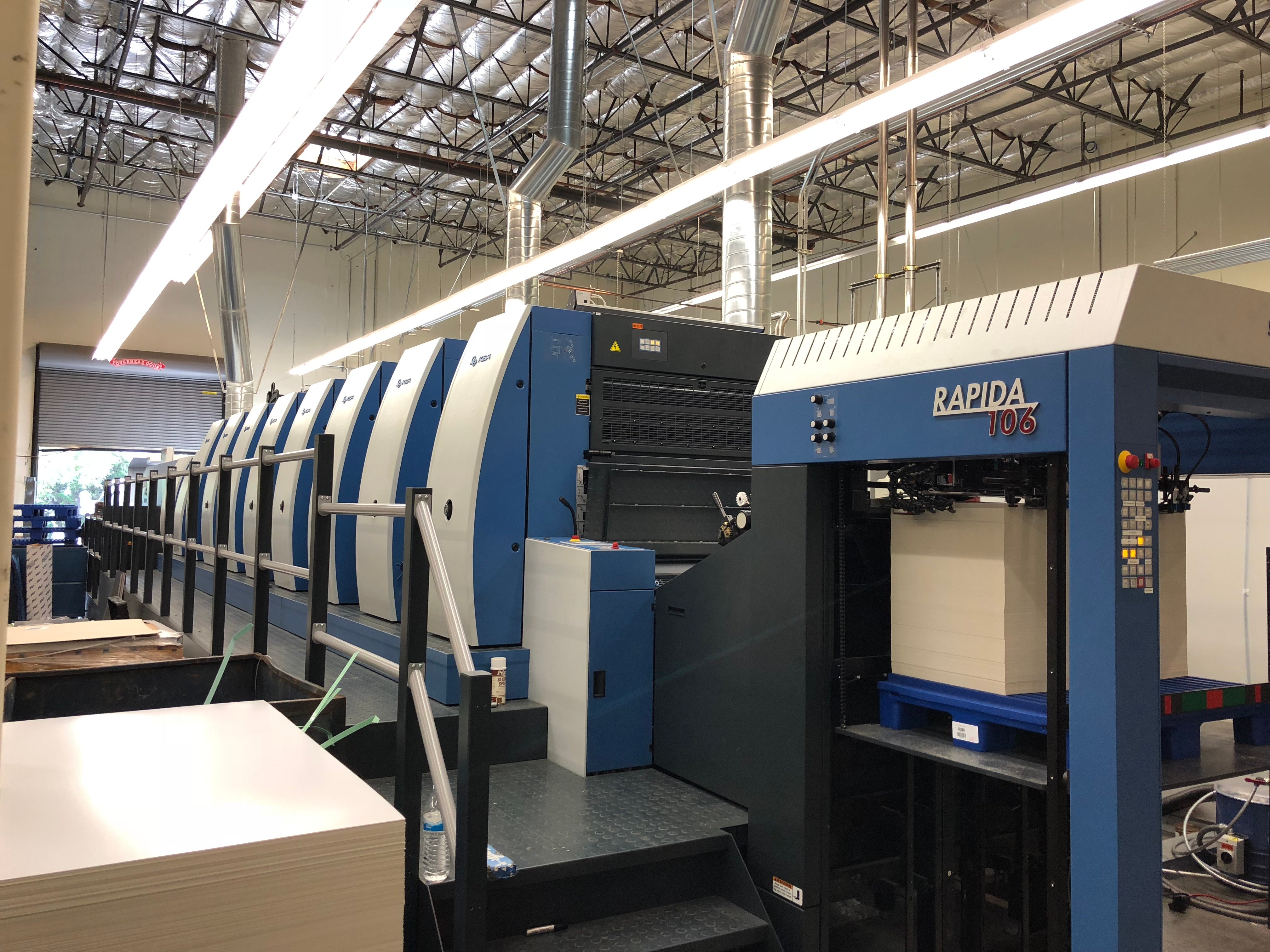How litho printing Delivers Clear and Bold Prints
Wiki Article
A Comprehensive Guide to Recognizing Litho Printing Strategies
The globe of litho printing, a method originating from the late 18th century, is a remarkable mix of history, scientific research, advancement and art. Stay with us as we journey into the fascinating world of litho printing.The Historical Development of Litho Printing
The historic trajectory of litho printing, a pivotal innovation in the realm of interaction, is a captivating story of human ingenuity. Birthed in the late 18th century by Alois Senefelder, this strategy was originally a cost-effective approach of releasing staged works. Lithography, originated from the Greek words for 'stone' and 'to write', utilized a smooth stone surface area to transfer photos onto paper. The process evolved with the advent of the rotating press, which substantially enhanced productivity (litho printing). In the 20th century, the advancement of balanced out lithography revolutionized the industry, enabling for mass production of high-quality prints. Each stage of litho printing's evolution showcases humanity's relentless search of effectiveness and quality in visual interaction.Deciphering the Scientific Research Behind Litho Printing Inks
Progressing in the expedition of litho printing techniques, the emphasis currently changes to the scientific research behind litho printing inks. The structure of these inks, their drying out procedure, and color mixing methods develop the foundation of this complicated art kind. Understanding these aspects is critical to grasping the craft and accomplishing the desired print results.Composition of Litho Inks
In lithographic printing, the essential function of litho inks can not be overemphasized. Pigments, the color-providing components, are finely ground fragments put on hold in the lorry, a fluid that carries the pigment onto the printing surface. Each component plays an important part in the last print's top quality, making the accurate formulation of litho inks an elaborate scientific research.Ink Drying Refine
From the make-up of litho inks, focus turns to the remarkable process of ink drying. The drying process is vital, as it impacts the final print's top quality and long life. 2 primary techniques are utilized in litho printing: oxidative drying and absorption. Oxidative drying includes the ink reacting with oxygen airborne to form a difficult, completely dry film. This approach gives a resilient surface, but can be slower contrasted to absorption. Absorption, on the various other hand, entails the ink seeping right into the paper fibers, which is a quicker procedure however can result in less dynamic shades. The choice between these techniques is dependent upon factors such as print rate needs, the paper kind utilized, and the desired coating.Shade Mixing Techniques
While the drying out procedure plays an essential duty in litho printing, the science of shade mixing methods holds equivalent relevance. The science behind litho printing inks also takes right into account the openness of the ink, which influences how shades overlay and mix.The Art and Design Components in Litho Printing
Litho printing takes a breath life into art and design through its distinct elements. Litho printing accommodates a variety of shades, allowing musicians to develop vibrant and dynamic prints. This combination of precision and adaptability makes litho printing a recommended selection for many artists and designers.Modern Applications of Litho Printing Strategies
Litho printing strategies have actually found comprehensive use in the modern-day commercial industry. Its influence and value continue to expand with the development of brand-new developments and technologies in the field. This area will certainly explore these contemporary applications and the transformative function they play in the printing sector.
Business Litho Printing Utilizes
In today's digital age, one may question the significance of typical printing methods. Litho printing continues to be an essential component of the industrial sector. High-volume printing tasks, such as the production of publications, papers, and packaging, depend on get redirected here litho printing for its capacity to provide exceptional photo high quality and cost effectiveness. The process, which entails transferring an inked photo from a plate onto a rubber blanket and after that to the printing surface browse around this site area, supplies unequaled consistency. This makes it optimal for tasks calling for a big print run. Litho printing likewise gives a wide shade spectrum, premium to that of electronic printing. This makes it the best selection for tasks that demand lively, top notch color recreation.Innovations in Litho Printing
Pressing the limits of typical methods, contemporary improvements have actually fueled a host of innovations in litho printing. One popular development is electronic litho printing, which integrates the virtues of electronic innovation with litho's top quality output. These technologies highlight the enduring relevance of litho printing in the modern-day globe.Exploring the Process of Litho Printing: Detailed

Challenges and Solutions in Contemporary Litho Printing

Regardless of the accuracy and practice that litho printing happily supports, it is not without its collection of modern difficulties. One of the most widespread problems include the high initial setup price, problem in printing variable information, and environmental issues as a result of chemical use. However, remedies are becoming technology advances. Digital litho printing permits for cost-efficient short runs and easy customization, resolving the problem of variable data. Environmentally-friendly inks and more secure plate-making procedures mitigate environmental concerns. In addition, innovations in automation have lowered labor expenses, better equalizing the lithography process. Thus, while there are obstacles, the litho printing industry is proactively adjusting to fulfill them head-on, ensuring its importance in the future.
Conclusion
In verdict, litho printing, with its rich history and scientific ins and outs, holds a considerable location in the print sector. The future of litho printing pivots on its capability to adapt to these transforming demands, affirming its long-lasting worth in an advancing market.
Report this wiki page